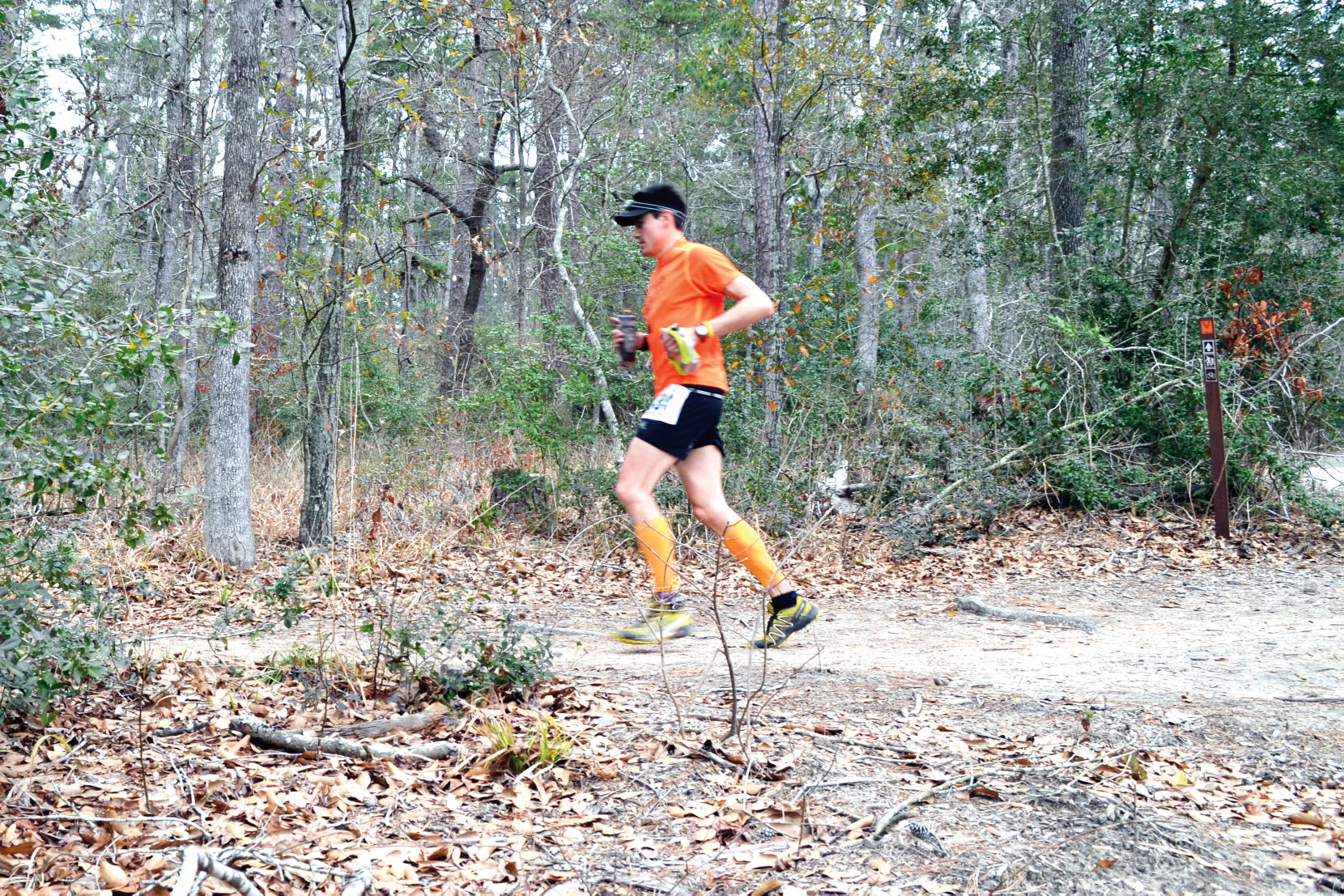
Most MSKI involve the lower leg (35.0%), ankle (16.8%), knee (13.1%) and foot (12.6%), with main diagnosis of medial tibial stress syndrome (30.1%) and patella femoral pain syndrome (PFPS 7.2%). MSKI are observed in 18% of multi-stage events (0.7–1.8 injuries/runner and 7.2 injuries/1000 h). Anatomical site, diagnosis and rate of injuries differ between competition and training as well as between different UER types. Our electronic literature search (PubMed, SPORTDiscus, Web of Science) identified a total of 13 studies (9 in competition, and 4 in training). The aims of this scoping review were therefore: (1) to examine the current evidence of MSKI, providing a synthesis of the most common MSKI by anatomical region and specific diagnosis (2) categorize MSKI by type of UER activity (competition: time-limited multi-stage continuous UER events and training) (3) describe knowledge gaps in the literature and provide advice on potential further research. UER is not a uniform sport and events can differ considerably in distance (over 42.195 km), time (e.g., events over 6 h) and multi-day or multi-stage events on various surfaces (e.g., track, on-road, off-road). Long hours of UER can lead to excessive stress on the body, resulting in musculoskeletal injuries (MSKI). Ultra-endurance running (UER) has seen an important increase in participation over the last few decades.

On 2,510 occasions across this study’s data, runners returned to a race they previously did not finish and managed to get a finisher’s medal. More than 60 percent of runners eventually finished a race where their first result was a DNF. If you still need to finish your first 100-miler, the study suggests you try again. That percentage is nearly identical for men, at 54.37 percent. Additionally, those who love a race enough to do it 10 or more times may be mainly driven to improve.įurthermore, runners with prior experience on a 100-mile race course gain a competitive advantage, regardless of gender: 54.47 percent of female runners improved their results in a 100-mile race when running the race a second time.

The study acknowledges that other factors may play a role: for instance, runners motivated to improve at a particular race may be drawn back to it more than others. Forty-six percent of runners with two runs at the same race improved their result, and this rate increases for each repetition-and if you’re feeling extra ambitious, almost every runner who has done the same event more than 10 times saw an improvement.

The data showed that running a 100-miler multiple times increases your chances of improving your result.


 0 kommentar(er)
0 kommentar(er)
